The Awful Tower
Labels: Development
I'm an urbanist, in love with cities. I'm also a real estate agent in Los Angeles. My "beat" includes West Adams and environs, Midtown, the Echo Park empire, and the Northeast; most of L.A.'s oldest neighborhoods, several in transition, and many with undeserved reputations.
Labels: Development
Labels: Development
Labels: Development
Labels: Development
Labels: Development
Labels: Development
Labels: Development
Labels: Development
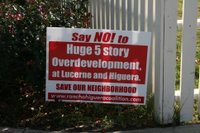 From Windsor Village to Rancho Higuera, neighborhoods are challenging the developer friendly hegemony. Frequently at the center of the rancor, the latest planning fad or mandate: density along transit corridors. Familiar sounding mantra, sometimes paired with transit village, density appropriate, and smart growth.
From Windsor Village to Rancho Higuera, neighborhoods are challenging the developer friendly hegemony. Frequently at the center of the rancor, the latest planning fad or mandate: density along transit corridors. Familiar sounding mantra, sometimes paired with transit village, density appropriate, and smart growth.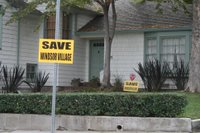 detached single family housing. Many, even well-to-do addresses like Windsor Square, are being encircled by scale disrespectin', shadow casting boxominiums and the like.
detached single family housing. Many, even well-to-do addresses like Windsor Square, are being encircled by scale disrespectin', shadow casting boxominiums and the like.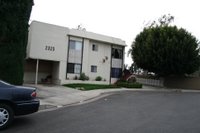 neighborhoods; non conforming "improvements" at the expense of established home owners; encroachment not rapprochement.
neighborhoods; non conforming "improvements" at the expense of established home owners; encroachment not rapprochement.Labels: Development
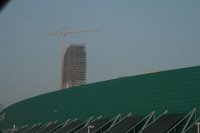 L.A. Live, a 5.6 million square foot mixed-use development on 27 acres, North of the Staples Center, continues to rise, heedless of the prevailing scale, as if magically relocated from some 21st century wunderberg, like Shenzhen or Abu Dhabi. Imposing, like a drunken sumu at a Viennese Waltz ball.
L.A. Live, a 5.6 million square foot mixed-use development on 27 acres, North of the Staples Center, continues to rise, heedless of the prevailing scale, as if magically relocated from some 21st century wunderberg, like Shenzhen or Abu Dhabi. Imposing, like a drunken sumu at a Viennese Waltz ball.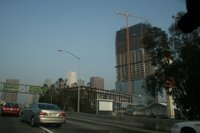 Then without warning last week, I began to reconsider the colossus, "will this be the height of folly?"
Then without warning last week, I began to reconsider the colossus, "will this be the height of folly?"Labels: Development
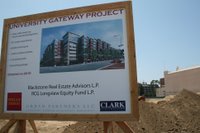 Site prep continues for University Gateway, a mixed use development at the NW corner of Jefferson & Figueroa. Gateway is slated to provide 421 student apartments and 83,000 square feet of ground floor retail (including reportedly a major bookstore chain).
Site prep continues for University Gateway, a mixed use development at the NW corner of Jefferson & Figueroa. Gateway is slated to provide 421 student apartments and 83,000 square feet of ground floor retail (including reportedly a major bookstore chain).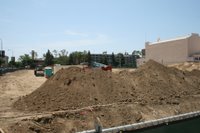 That property sadly passed from one investor to another, and continues to host all manner of co-ed queens, New England run aways, and Carta Blanca lovers. In the meantime Urban Partners, the Gateway developer, expect to open by fall 2010.
That property sadly passed from one investor to another, and continues to host all manner of co-ed queens, New England run aways, and Carta Blanca lovers. In the meantime Urban Partners, the Gateway developer, expect to open by fall 2010.Labels: Development
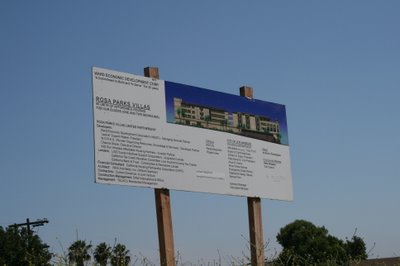 How to get a project built? Start with the right name, like Martin Luther King Estates, Cesar Chavez Courts, or John F. Kennedy Condos. If the project has an "affordable" component--nowadays they call it "worker housing"--that'll help. Projects for seniors usually elicit sympathy too.
How to get a project built? Start with the right name, like Martin Luther King Estates, Cesar Chavez Courts, or John F. Kennedy Condos. If the project has an "affordable" component--nowadays they call it "worker housing"--that'll help. Projects for seniors usually elicit sympathy too.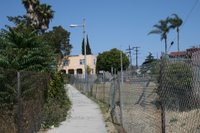 Hopefully, they'll maintain the walk path against the freeway.
Hopefully, they'll maintain the walk path against the freeway.
Labels: Development
 It's hard to predict ridership, particularly for the limited phase one section terminating in downtown Culver City, but officials project a healthy 43,000 non weekend boardings a day by 2025. Perhaps those numbers are politically augmented; still, the MTA has often been accused of low-balling predictions, and several lines have exceeded expectations.
It's hard to predict ridership, particularly for the limited phase one section terminating in downtown Culver City, but officials project a healthy 43,000 non weekend boardings a day by 2025. Perhaps those numbers are politically augmented; still, the MTA has often been accused of low-balling predictions, and several lines have exceeded expectations. Overlooked amongst those factors contributing to the appreciation of LA real estate this decade: the completion of the Metro Red Line (or "the Subway to Somewhere" in 1999-2000) and Gold Line (2003). Studies concerning the impacts of rail transit in the bay area (BART), along the Miami-Dade system, in suburban Philadelphia (SEPTA), across the Eastside Metropolitan Area Express (Portland), and in DeKalb county (Georgia), show almost without exception higher property values (per square foot) in those areas served. The extent of property value increases appears tied to market penetration, i.e. ridership. (I'll write more about this apparent relationship soon)
Overlooked amongst those factors contributing to the appreciation of LA real estate this decade: the completion of the Metro Red Line (or "the Subway to Somewhere" in 1999-2000) and Gold Line (2003). Studies concerning the impacts of rail transit in the bay area (BART), along the Miami-Dade system, in suburban Philadelphia (SEPTA), across the Eastside Metropolitan Area Express (Portland), and in DeKalb county (Georgia), show almost without exception higher property values (per square foot) in those areas served. The extent of property value increases appears tied to market penetration, i.e. ridership. (I'll write more about this apparent relationship soon)Labels: Development
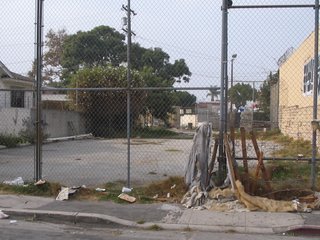
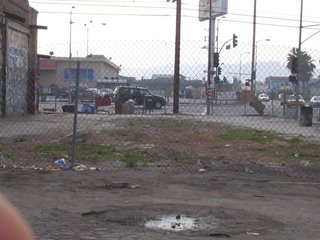
Labels: Development
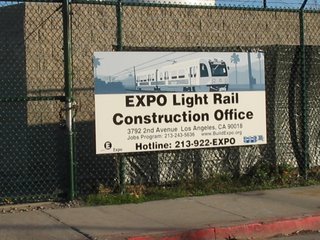
Labels: Development
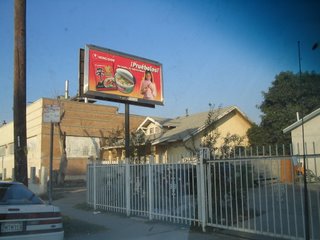
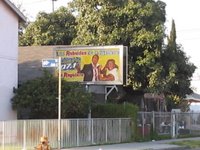
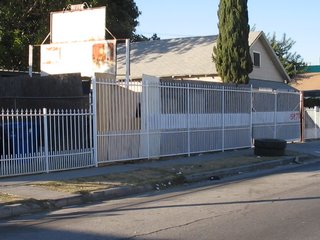
Labels: Development
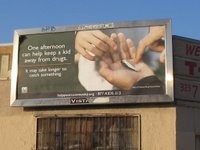
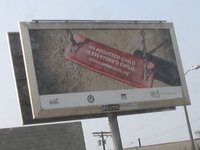
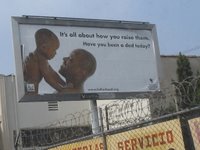

Labels: Development
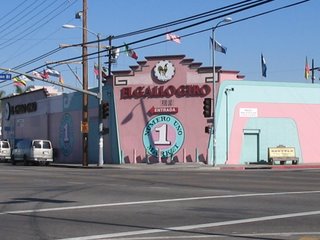
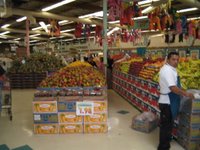
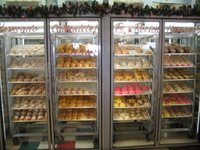

Labels: Development